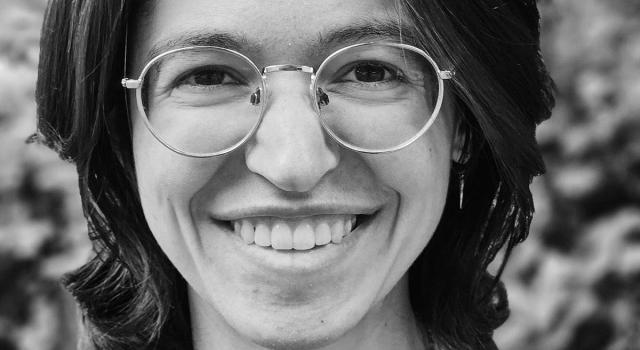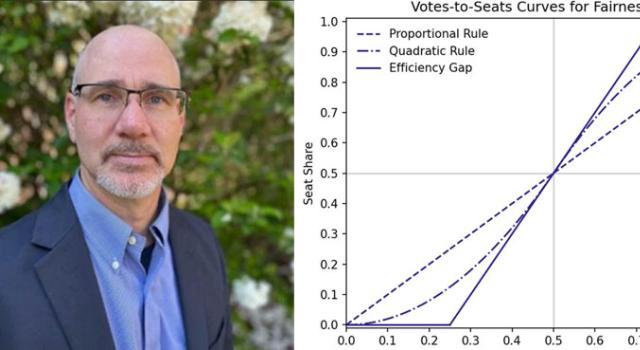Bernstein's Theory to be Tested on Space Station

A theory—SuperDense quantum teleportation—posed by Hampshire College physics professor Herbert Bernstein will be tested on the International Space Station.
Theoretical physicist Bernstein devised the SuperDense scheme more than a decade ago in his investigations of different ways to send a quantum state from one part of a laboratory to a remote station.
Listen to interview on New England Public Radio
Professor Bernstein is now part of a team of experimental quantum mechanics investigators, led by physics professor Paul Kwiat at the University of Illinois at Urbana-Champaign, which has finally performed the actual feat of SuperDense teleportation.
Through the office of its associate administrator, NASA has funded the investigative team's work for three years. "We'll do the science necessary to make the theory ready for use in outer space," said Bernstein.
The investigative team will work closely with the Jet Propulsion Laboratory, which handles engineering, space certification, and components to fly in space.
This is the second NASA grant for SuperDense quantum teleportation. A grant awarded in 2010 through NASA Innovative Advanced Concepts (NIAC) investigated the viability of the theory and produced the world's first experimental demonstration.
Bernstein and Kwiat have collaborated since the 1980s, when Kwiat was a post-doctoral researcher working with Bernstein's international team on a National Science Foundation "Quantum Interferometry" grant.
"It sounds very jazzy, but quantum teleportation is actually about making connections for information," said Bernstein. "What it does is send the complete quantum state from a single particle that comes specially prepared in that state to a different remote particle which has never interacted with it."
The quantum state, Bernstein noted, is "essentially the complete basic information about micro-reality," and quantum teleportation has been achieved by scientists numerous times. Bernstein's proposal worked out a way to send twice as much quantum information as can currently be sent, using the same number of bits and bytes. Teleportation is already "dense" because a one-in-a-million qubit state can be sent to the receiver with only two bits of information. Bernstein's contribution is the "Super" part of this effect, doing even more than can be done with "ordinary" quantum teleportation.
Bernstein said that quantum information technology will likely be used by NASA in the future for things such as securely sending information back from deep space. It can also be applied to secure communications and in computing problems that can't be tackled effectively by ordinary computers. It is already in use for encoding some bank transactions in Europe.



